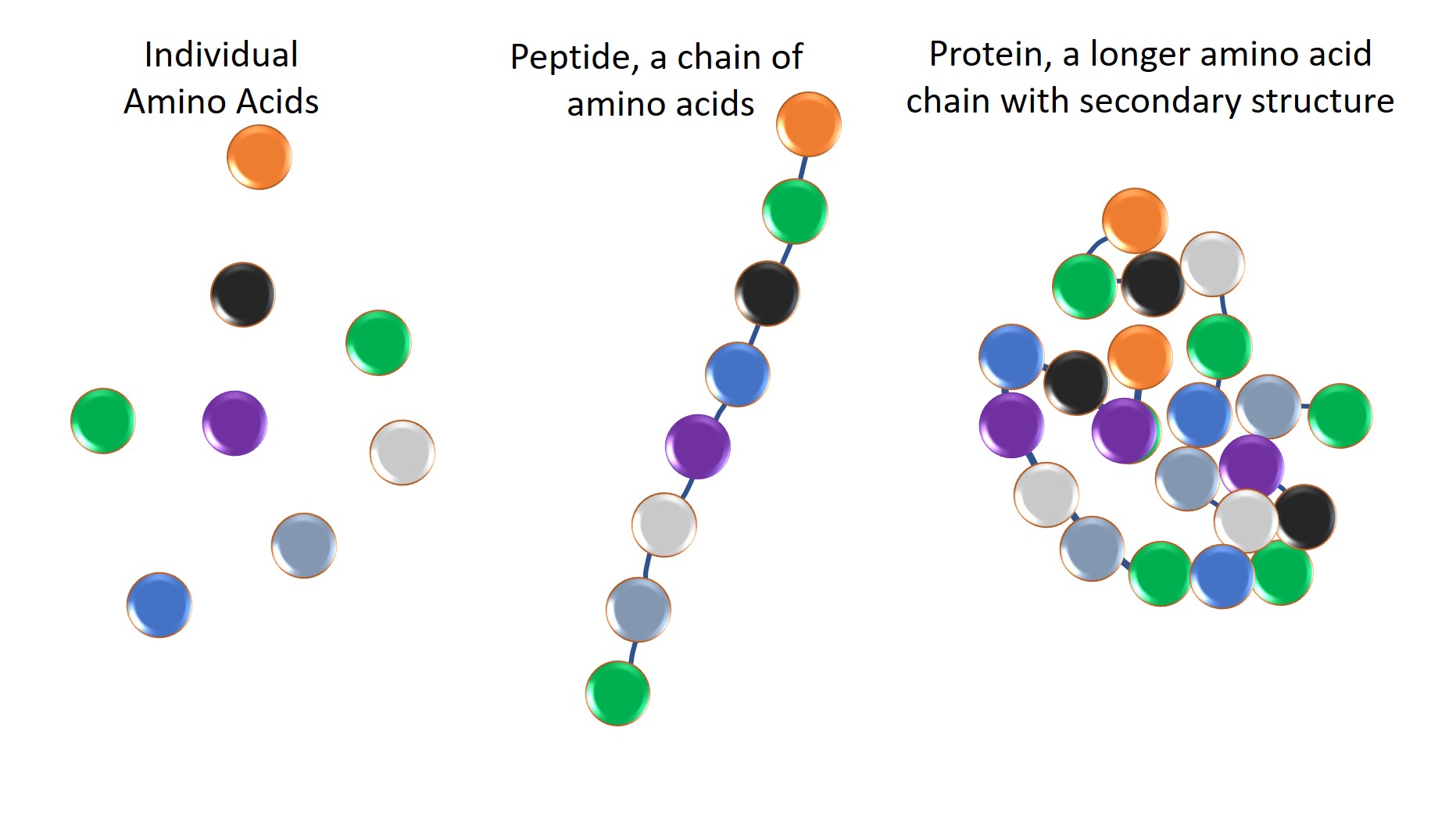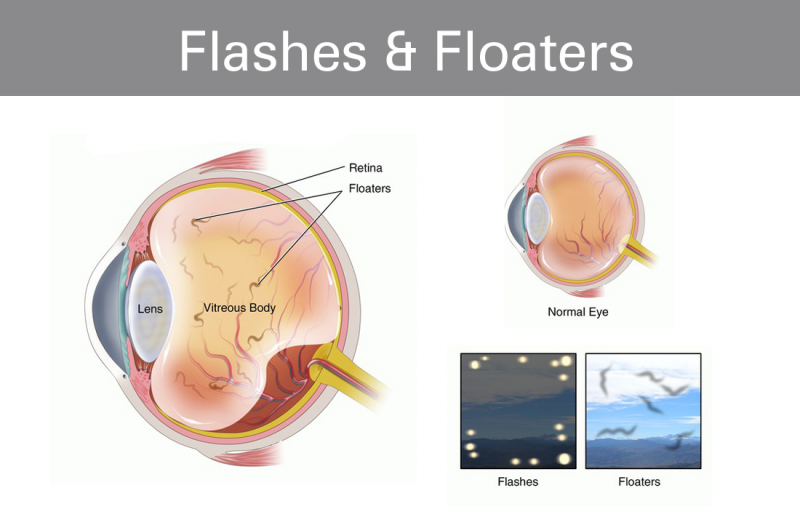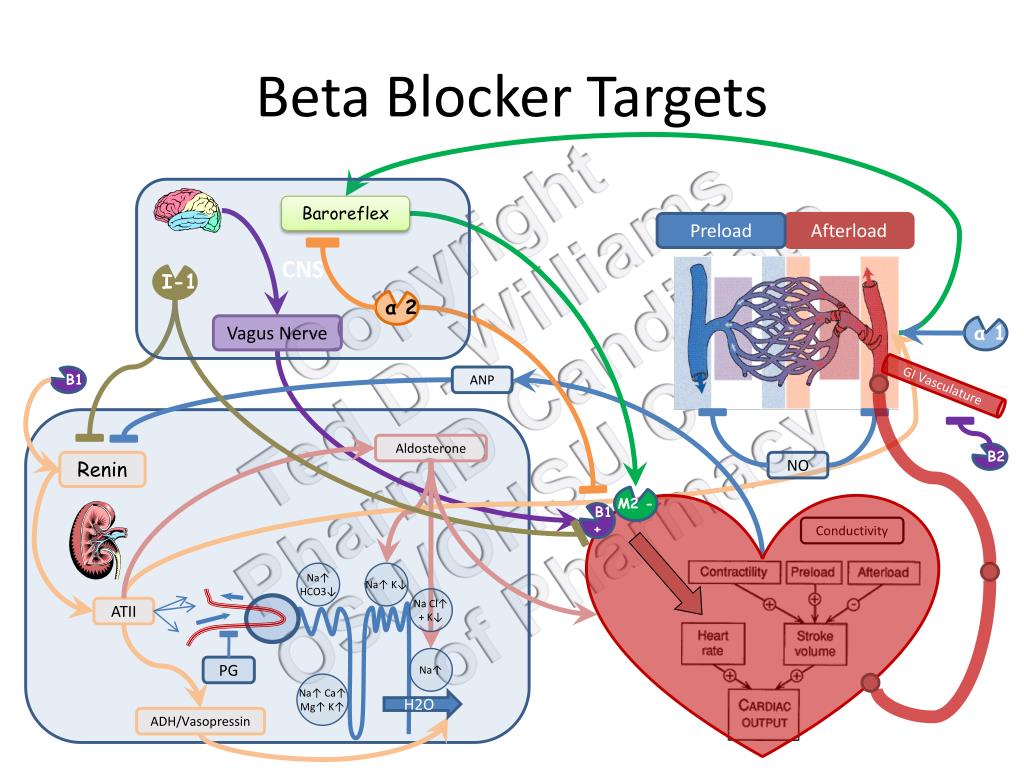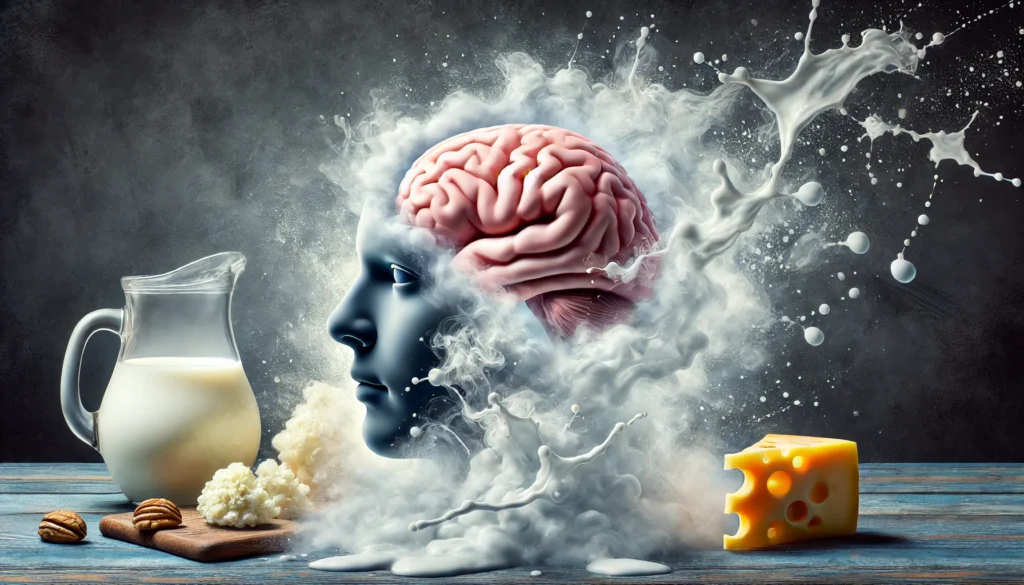Deciphering the Dichotomy - Peptides vs Proteins

The Size Factor: A Key Differentiator
When it comes to distinguishing between peptides and proteins, size plays a crucial role. The primary difference between the two lies in the number of amino acids present in each molecule.
Peptides: The Smaller Counterparts
Peptides are shorter sequences of amino acids, typically consisting of between 2 and 50 amino acids in length. These smaller molecules are often referred to as "mini-proteins" due to their similar structure and function. Peptides can be further classified into different types, including:
- Dipeptides (2 amino acids)
- Tripeptides (3 amino acids)
- Polypeptides (more than 3 amino acids)
Proteins: The Larger Complexes
Proteins, on the other hand, are much larger structures composed of more than 50 amino acids. These complex molecules are the building blocks of tissues and are essential for various biological functions, such as:
- Enzymatic reactions
- Cell signaling
- Immune responses
The size difference between peptides and proteins has significant implications for their functions and applications. While peptides are often used in therapeutic and cosmetic applications due to their smaller size and ease of absorption, proteins are essential for maintaining the structure and function of living organisms.
Structural Complexity: A Distinct Contrast
When it comes to understanding the fundamental differences between peptides and proteins, structural complexity stands out as a crucial aspect. This section delves into the distinct organizational levels of these biomolecules, shedding light on their unique characteristics.
Primary Structure: The Foundation of Peptides
Peptides are characterized by their primary structure, comprising a linear sequence of amino acids linked by peptide bonds. This straightforward arrangement defines the basic properties and functions of peptides, such as hormone regulation, neurotransmission, and antimicrobial activity.
Multi-Level Organization: The Protein Paradigm
In stark contrast, proteins exhibit a hierarchical structure, encompassing multiple levels of organization:
- Secondary structure: Localized arrangements of amino acids, such as alpha helices and beta sheets, stabilized by hydrogen bonds.
- Tertiary structure: The overall 3D conformation of a polypeptide chain, resulting from interactions between secondary structures.
- Quaternary structure: The assembly of multiple polypeptide chains (subunits) into a functional protein complex.
This intricate structural complexity grants proteins a wide range of functions and interactions within the body, from enzymatic catalysis to cellular signaling and structural support.
The Gray Area: Defining the Threshold
Uncertainty in Classification
The exact threshold between peptides and proteins is not universally agreed upon, leaving a gray area in their classification. Some sources suggest that a minimum of 40-100 amino acids is required for a molecule to be considered a protein, while others have different criteria.
Size and Structure: The Primary Distinguishing Factors
Despite the uncertainty, most scientists concur that size and structure are the primary distinguishing factors between peptides and proteins. Proteins are generally larger and more complex, with a specific three-dimensional structure that enables them to perform unique biological functions.
A Continuum Rather Than a Clear-Cut Distinction
It's essential to recognize that the distinction between peptides and proteins exists on a continuum rather than being a clear-cut one. As the number of amino acids increases, the molecule's complexity and functionality also increase, blurring the lines between the two categories.
Context-Dependent Classification
The classification of a molecule as a peptide or protein can be context-dependent, relying on the specific research question, experimental approach, or biological system being studied. This context-dependent classification highlights the need for a nuanced understanding of the peptide-protein dichotomy.
Functional Differences: A Matter of Scope
The distinction between peptides and proteins lies not only in their size and structure but also in their functional capabilities. This section delves into the differences in their scope of functions, highlighting the unique roles each plays in biological processes.
Targeted Functions of Peptides
Peptides often have specific, targeted functions, such as:
- Hormone regulation: Peptides like insulin and oxytocin play crucial roles in regulating various physiological processes, including metabolism and reproductive functions.
- Antimicrobial activity: Certain peptides, such as defensins, exhibit antimicrobial properties, helping to protect against infections.
Versatile Functions of Proteins
Proteins, due to their complexity, can perform a wide range of functions, including:
- Enzymatic catalysis: Proteins like enzymes facilitate chemical reactions, driving metabolic pathways and energy production.
- Cellular signaling: Proteins participate in signaling cascades, enabling communication between cells and regulating various cellular processes.
This disparity in functional scope stems from the unique structural and chemical properties of peptides and proteins, underscoring the significance of understanding their distinct roles in biological systems.
Conclusion: Understanding the Nuances
Deciphering the Dichotomy: Peptides vs Proteins
In summary, while peptides and proteins share similarities in composition and structure, their differences in size, complexity, and function set them apart. This distinction is fundamental to understanding their unique roles in biological processes and applications in various fields, including biochemistry, molecular biology, and pharmaceuticals.
Embracing the Complexity
Recognizing these distinctions is crucial for understanding their roles in biological processes and applications in various fields. By acknowledging the nuances between peptides and proteins, researchers and scientists can better harness their potential, leading to groundbreaking discoveries and innovative solutions.
Future Directions
As research continues to unravel the intricacies of peptides and proteins, we can expect a deeper understanding of their functions and interactions. This knowledge will pave the way for novel therapeutic approaches, diagnostic tools, and biomedical applications, further highlighting the importance of distinguishing between these two biomolecules.









Comments ()